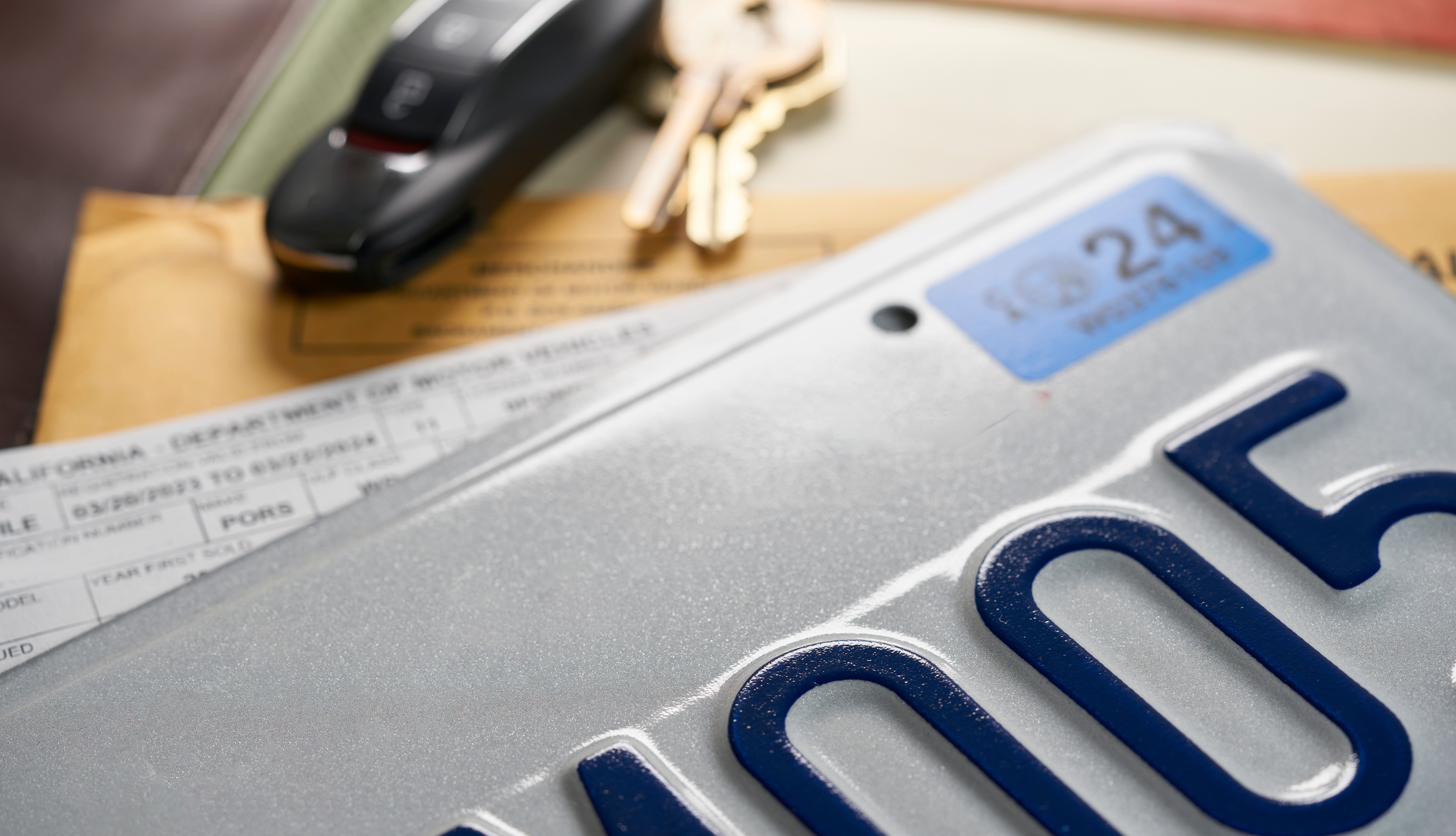Mergers & Acquisitions: Prepare to Insure
Posted on November 28, 2022 by Janice Biniok, Senior Account Manager
Global Mergers and Acquisitions (M&A) hit an all-time high in 2021, with a 24% increase in M&A deals and a 64% increase in the value of those deals over 2020, according to Reuters. In fact, 2021 was a record year, with the overall value of M&As reaching $5.8 trillion, obliterating the previous record of $4.55 trillion set in 2007. Numerous financial sources predicted robust M&A activity in 2022 and beyond. While recent reports indicate the pace of M&A activity has slowed as a result of higher interest rates, stock market volatility and other economic speed bumps, the volume of deals remains significant.
With all this corporate moving and shaking, there are bound to be challenging business adjustments to make in the process of combining companies; however, incorporating merged or acquired businesses into a company’s commercial casualty insurance program doesn’t need to be painful. The important thing is to provide your insurance carrier with the information it needs to help you avoid a lapse of or deficiency in coverage. So what does your insurance carrier need to know?
Types of Mergers & Acquisitions
M&As come in all different shapes and sizes. Sometimes a company will ‘absorb’ the acquired company, and the acquired company will effectively cease to exist. Sometimes an acquired company will remain intact and continue to operate autonomously. And, of course, there are all kinds of situations in between, where the acquired company may be pared down, built up or blended with other operations. Is it an asset-only acquisition? Is it a small acquisition or a substantial one? The characteristics of the M&A will determine which of the following pieces of information your insurance carrier may need to know.
Acquired Entity Information
You should always alert your insurance carrier about any M&A activity to make sure coverage is provided where it is needed. Assembling the following information can be helpful:
- Entity’s name and address (including Federal Employer ID number, if applicable)
- List of subsidiaries (including Federal Employer ID numbers, if applicable)
- Date of acquisition/ownership change
- Description of operations
- Organizational chart
- Qualified self-insured status, if applicable
Workers' Compensation Information
For payroll-producing entities, workers’ compensation bureaus will expect notification of company ownership changes. To avoid receiving a notice of noncompliance, or worse, a substantial penalty, be prepared to produce an ERM-14 with ownership change information. (Note there are a number of state bureaus that now require ownership change information to be submitted online rather than on an ERM-14, and more states appear to be gravitating in this direction. Watch for our upcoming blog article on the ERM-14 for more information about how to navigate this form.)
The information workers’ compensation bureaus require varies by state. As of the time this was posted, the following information is required by some, but not all, workers’ compensation bureaus, and therefore may be requested by your insurance carrier:
- State Unemployment Insurance Number, Department of Labor Number or Taxpayer ID Number (HI, ME, MN, NJ & RI)
- Employee count for each location (FL, HI, KY, ME, MS, MT, NM, NV, NY, RI, TN & UT)
- List of physical locations for the acquired entity as well as any of its payroll-producing subsidiaries (majority of states)
Exposure Information
Obviously, newly acquired companies bring exposures with them, which may or may not affect your insurance rates and premiums. But there is additional exposure-related information your carrier needs to know to ensure state insurance reporting and filings are completed properly. Being prepared with the following information can help avoid the stress of noncompliance notices and fines:
- Annual payrolls by class code and state
- Revenues by state (and/or country)
- Vehicle list with registration states
- List of necessary state and federal auto filings
- Any other exposures that may be required for underwriting purposes (hired & non owned auto exposure, etc.)
- Historical exposures for actuarial purposes (5 years is ideal)
Loss Data
And finally, your insurance carrier may be interested in the acquired company’s loss history. Five years’ worth of loss data will typically allow your insurance carrier to make determinations as to the impact the M&A will have on your corporate experience, especially if the acquisition is a sizable one. Plan to obtain this information from the entity’s prior carrier, broker or agent.
Bringing on a new company through M&A can be challenging and sometimes chaotic, but when you know what kind of information to assemble for insurance purposes, you can create a seamless transition into your commercial casualty program. Preparing to insure should be a risk management priority.
Resources
Topics

Janice Biniok, Senior Account Manager is part of our Account Management Team with Old Republic Risk Management. She is responsible for execution and coordination of services for large commercial casualty accounts. Janice also leads the customer service relationship with insureds and brokers. Janice is based out of our corporate office in Brookfield, WI.




.png)
